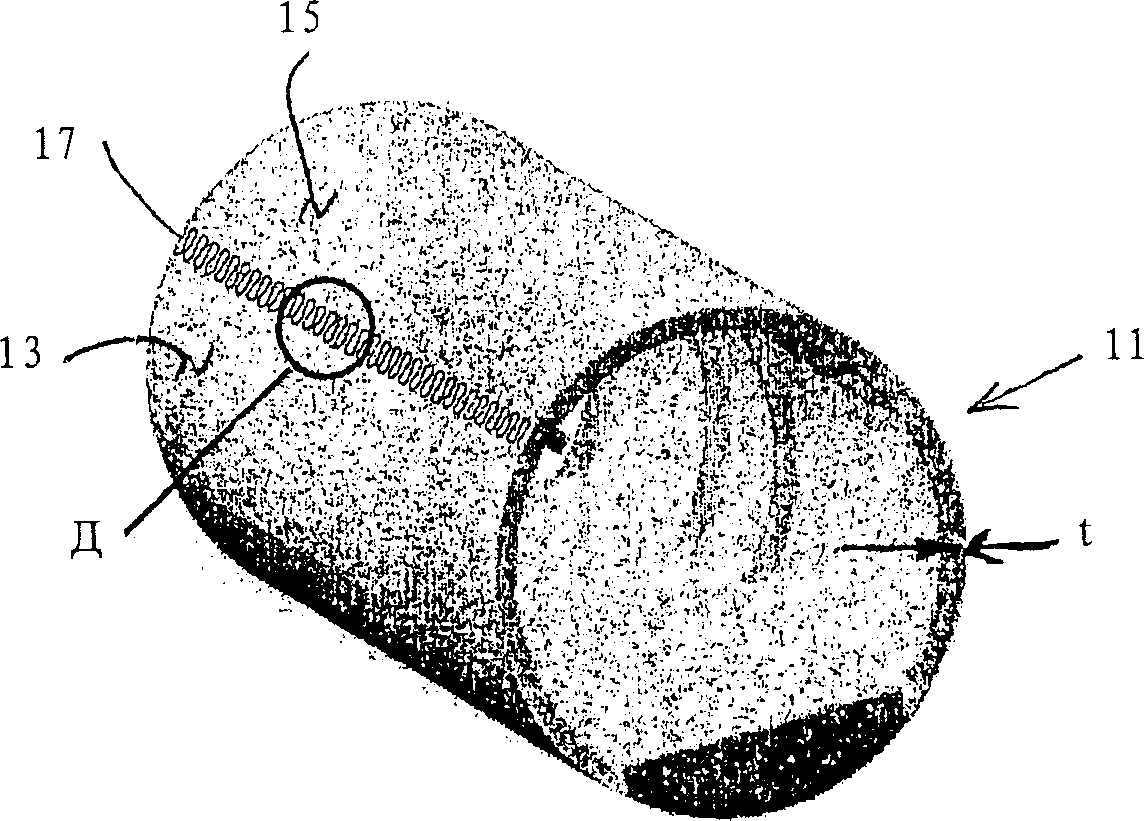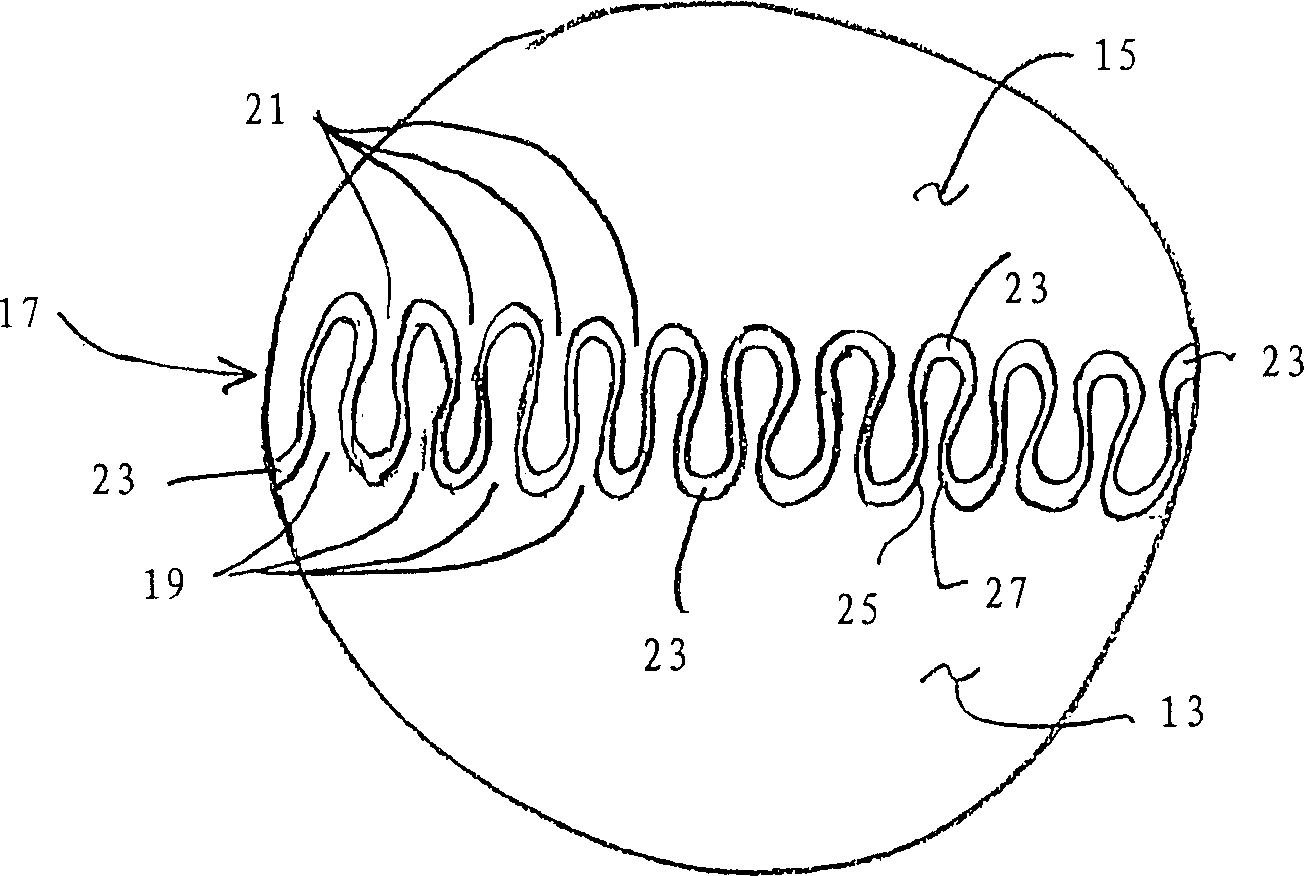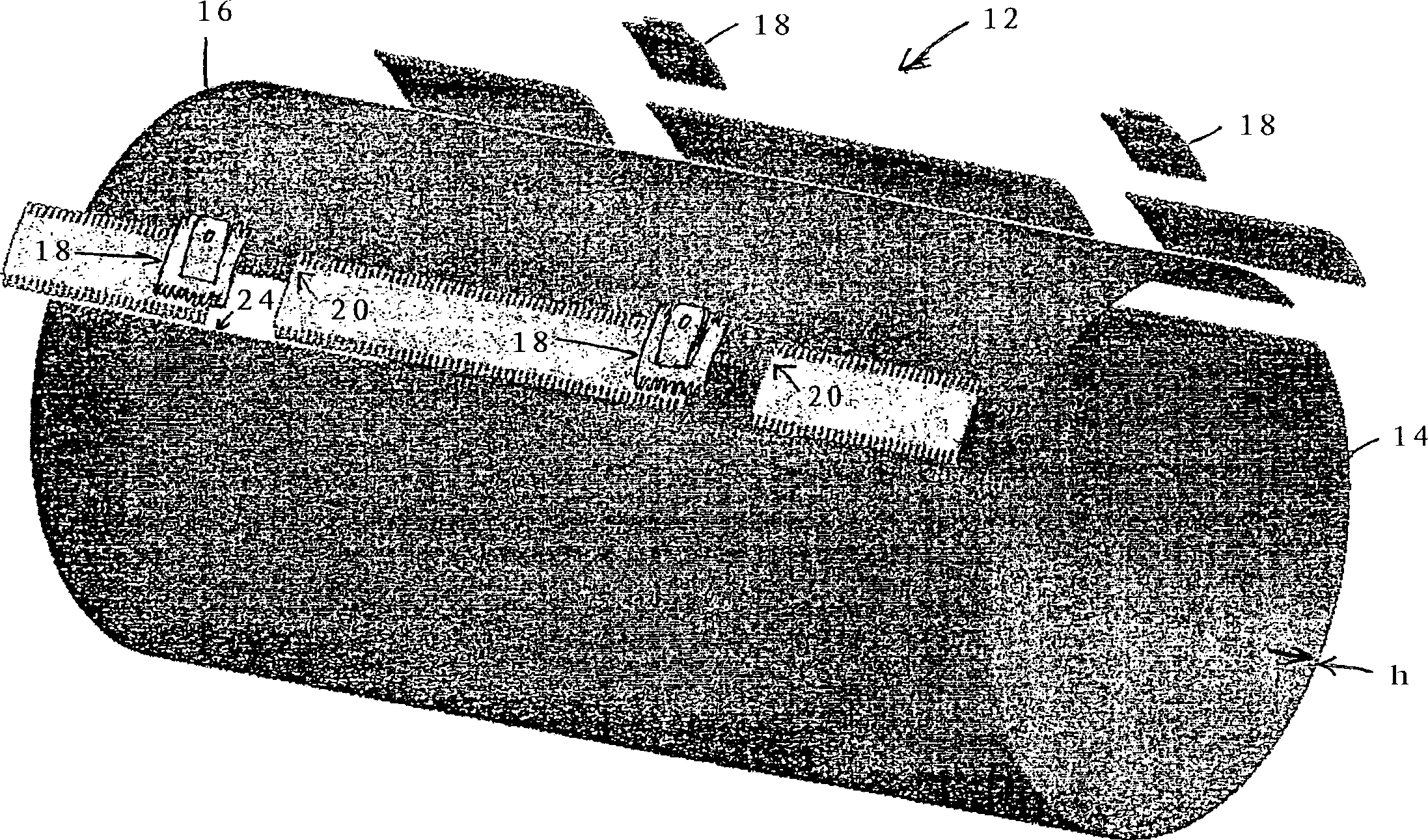Interlocking tooth bond for assembly of fiber composite laminates
一种纤维复合、叠片的技术,应用在家用元件、应用、车辆部件等方向,能够解决接头复杂等问题,达到增加气动平滑性、减少重量、能量吸收增加的效果
- Summary
- Abstract
- Description
- Claims
- Application Information
AI Technical Summary
Problems solved by technology
Method used
Image
Examples
Embodiment Construction
[0028] The present invention is an improved method of joining two fiber composite laminates together in an end-to-end manner. This method produces an unobtrusive adhesive bond to structurally join two fiber composite laminates together. There are two main embodiments of the invention: (1) mechanically interlocking teeth; (2) non-interlocking teeth. It will be appreciated that many combinations of interlocking teeth, non-interlocking teeth, offset interlocking and non-interlocking teeth may be used depending on the application in which the laminations are used. The tooth-type engagement of the present invention virtually eliminates peeling of the adhesive joint, thus reducing the potential for interlaminar failure. Laminations joined using the method of the present invention have greatly improved damage tolerance relative to conventional lap joints. The geometry of the joint inhibits disjointed cracks from propagating down the length of the joint and causing catastrophic fail...
PUM
 Login to View More
Login to View More Abstract
Description
Claims
Application Information
 Login to View More
Login to View More - R&D
- Intellectual Property
- Life Sciences
- Materials
- Tech Scout
- Unparalleled Data Quality
- Higher Quality Content
- 60% Fewer Hallucinations
Browse by: Latest US Patents, China's latest patents, Technical Efficacy Thesaurus, Application Domain, Technology Topic, Popular Technical Reports.
© 2025 PatSnap. All rights reserved.Legal|Privacy policy|Modern Slavery Act Transparency Statement|Sitemap|About US| Contact US: help@patsnap.com



